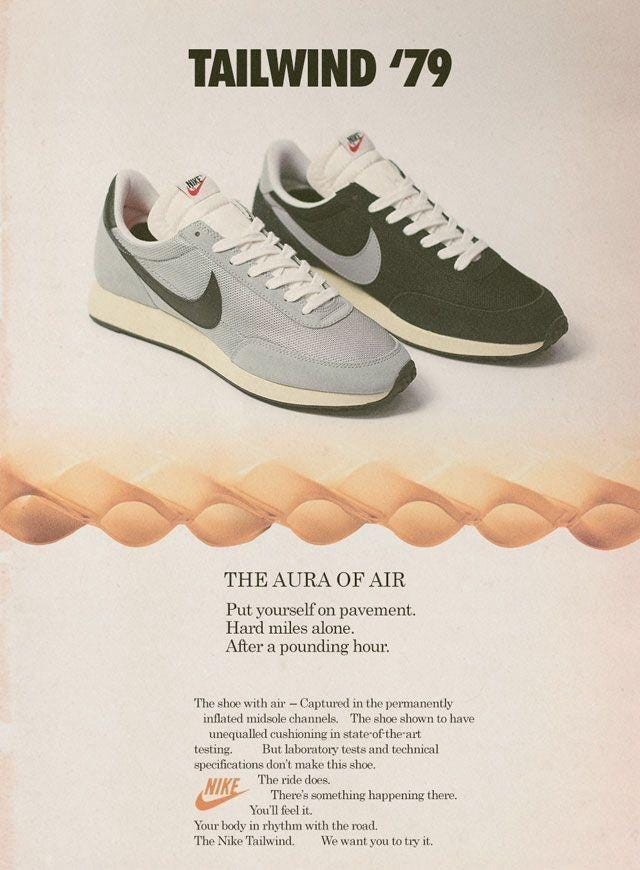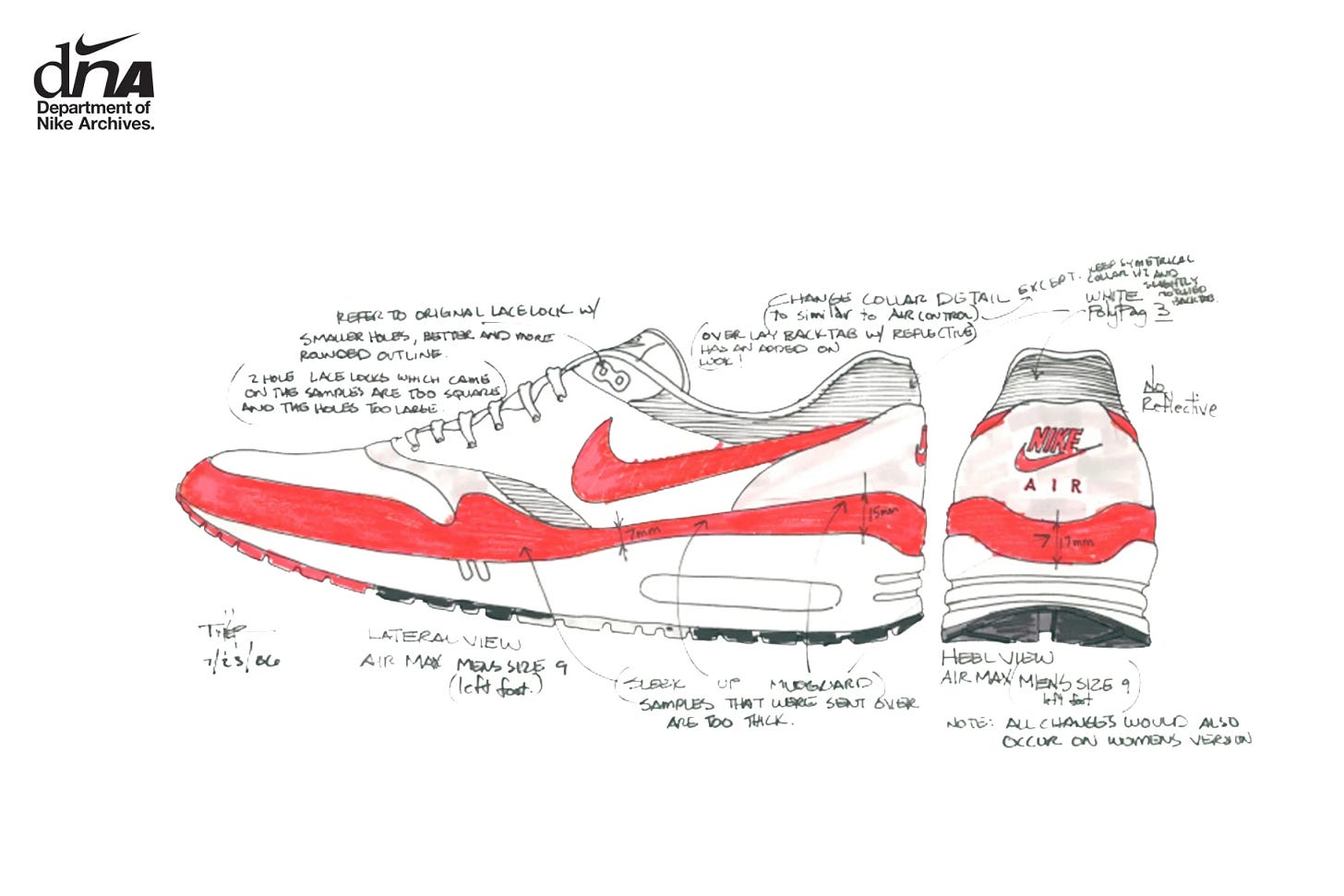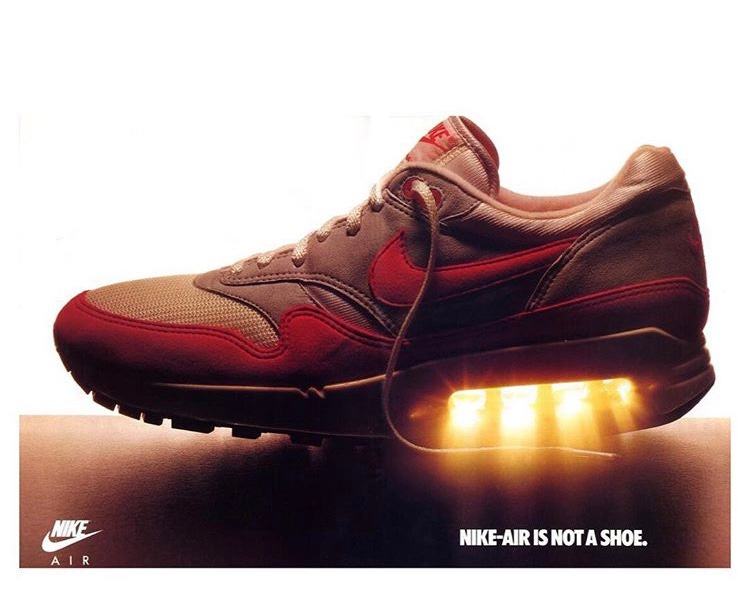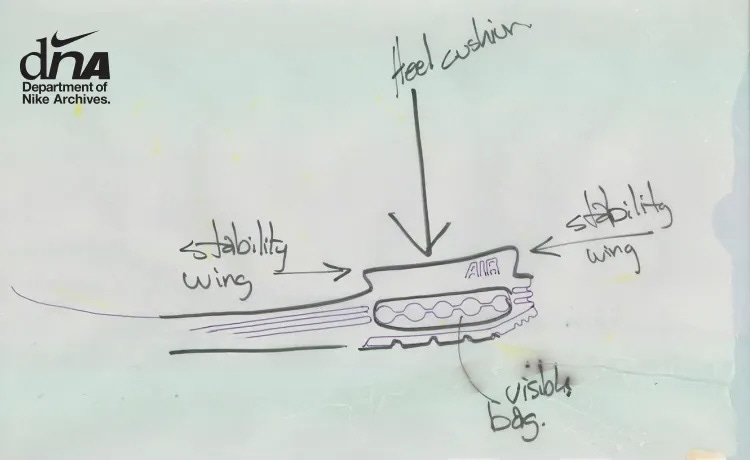
Magic > Logic
Days after launch, DeepSeek, an app by a Chinese AI startup, shot up to the No. 1 spot in the App Store.
The app’s rapid traction resembles ChatGPT’s launch. Many said DeepSeek was on par with it or Gemini, but it was developed at a fraction of the cost. Three weeks after the release, it’s still ahead of ChatGPT. On Mon, Jan 27, the stock market, particularly tech, tumbled, causing Nvidia stock to fall by 17%.
Everyone is calling this the Sputnik Moment of the AI Race.
America hates losing, especially to Russia or China. We also hate it when others steal from us but are okay when we do so from others. OpenAI, the company that scraped the Internet to train its models without permission, is now upset that DeepSeek copied OpenAI’s models. Touché.
DeepSeek surprised the American AI community for layered reasons. It excels at multi-step reasoning and has an innovative training method, enabling the model to develop chain-of-thought reasoning, self-verification, and reflection capabilities autonomously.
Huh? The general public wouldn’t grasp this.
Experts offered other reasons: its cost-effectiveness (40% less computational power than competitors); open-source approach (versus OpenAI’s and Google’s closed gardens); efficient architecture, and free availability.
These are valid and logical reasons. But the logic doesn’t explain DeepSeek’s meteoric rise.
To capture the zeitgeist of the populace at speed and scale, the product needs to have magic.
For DeepSeek, design is that magic.
More specifically, it’s what I call the Key Product Moment.
Nike Air
In the late 1970s, former NASA engineer Frank Rudy approached Nike with a technology concept: a concealed air-filled bag for cushioning.
In 1978, Nike Air Tailwind, the first sneaker with air cushioning technology, was released. It had a transparent airbag in the sole to soften foot impact.
But no one could see the airbag. It wasn’t visible.
The first 1979 Nike Air Tailwind advertisement tries hard to communicate but doesn’t quite do it.

It would take almost another decade for Nike Air to be a commercial success.
Nike engineers had been trying to make the Air technology visible, but couldn’t get the technology or design right.
Until Tinker Hatfield’s simple sketch, almost a decade after Nike Tailwind.

Hatfield joined Nike as an architect to design office buildings on the Nike campus. After a few years, he moved to the shoe design team, believing that was where the action was.
The inspiration for Nike Air Max 1 came from the Centre Pompidou in Paris, a building that exposes its internal pipes, escalators, ventilation, heating, and other structures, all painted in bright colors.
With Nike Air Max 1, Air became visible.
People could see the innovation. They didn’t need to read the ad or instructions to ‘get it.’ They understood the cushioning technology intuitively even before trying the running shoes on.
This was Nike Air’s Key Product Moment, a moment or feature that makes the innovation visible, understandable, and most importantly, desirable.
Sometimes, a Key Product Moment makes the product seem even magical.
Visible Air, Nike Air Max 1’s Key Product Moment, was the magic.

ChatGPT and DeepSeek
“We had ChatGPT built before ChatGPT.”
In early 2023, an AI startup founder I met confided in me with envy. This entrepreneur claimed he and his team built their version of LLM and could have a natural conversation with an AI bot.
“But with ours, the text feedback was static. ChatGPT’s interface animated the text and made you feel like you were having a conversation with a machine!”
You might think text typing out on screen isn’t a big deal. However, I immediately understood what he meant. Over two decades ago, I had the same sensation in a library computer lab late at night. That was the first time I chatted with a friend online on the other side of the planet in real-time. It wasn’t just that, but it was how text animated in front of me as he typed on a black-and-white Unix screen.
That felt magical.
OpenAI released GPT-3 to the public in November 2021. When GPT-3.5 was released a year later with animated text feedback, it became the fastest-growing app ever.
Until then, chatting with a machine was frustrating. ChatGPT was the first time it felt like conversing with a human.
It felt magical. ChatGPT’s Key Product Moment was the animated text in a chat window.
When I first read about DeepSeek, the explanation for the innovations this Chinese startup achieved sounded logical.
When the app topped the App Store in under ten days, Wall Street realized something was up with this obscure Chinese AI startup, America’s 21st-century nemesis.
This kind of ascent of an app never happens.
For it to happen, it takes more than just nerds, geeks, and finance bros to notice. The general public needs to care. Non-tech or non-finance people don’t care about technical or financial explanations, i.e., its innovative model, cost-effectiveness, or efficiency. What the public reacts to is how the product not only works but also how it feels.
I gave DeepSeek a politically charged prompt to test it:
“Write a song about Lunar New Year with Donald Trump as the main character.”
Before giving me the lyrics, it displayed its thought process. It was as if DeepSeek was having a dialogue with itself to determine the best output for the prompt. It displayed its thought process. Then came the lyrics, based on that process.
When I compared the DeepSeek and ChatGPT outputs, not only was it on par, DeepSeek’s output had more depth, dimension, and accurate references to Trump’s expressions. Judging lyrics is subjective, but it did not disappoint.
DeepSeek’s Key Product Moment was displaying a chain of thought.
I hadn’t seen this in ChatGPT, Gemini, or Claude. It was different, distinct, and a little magical.
It immediately demonstrated the experts’ explanation: “DeepSeek excels at multi-step reasoning, enabling the model to develop chain-of-thought reasoning, self-verification, and reflection capabilities autonomously.”
Key Product Moments are often simple, but achieving them isn’t easy. When you do, the impact can be profound.
Just this week, OpenAI seems to have copied DeepSeek and incorporated a similar “reasoning” feature in its interface along with a surprise “Deep Research” feature.
Innovation made visible is a wonderful thing.
And the Flywheel of Brand goes on.






Very important insights that many people miss. I also like the example of Dyson’s cyclone vacuum cleaner to add to your examples.
When he took the bag away, he needed to show what was happening inside to make people care. This was unthinkable previously as other cleaners would instinctively want to hide the dirt to make things seem clean.
Dyson wanted to show the bag less tech working and it turned out people loved seeing the dirt whizzing around inside the machine.